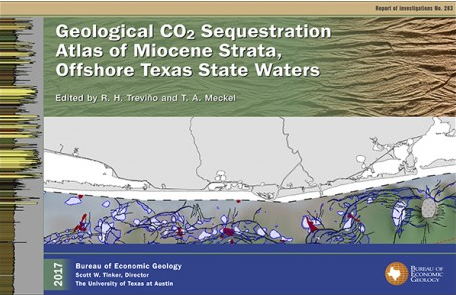Oriskany Formation, Appalachian Basin (11)
Western Pennsylvania, Eastern Ohio, and Eastern Kentucky
Comments on Geologic Parameters
11 Flow Direction:
Ground-water flow direction is typically determined by first determining the hydraulic head (essentially water pressure) of ground water in the target interval and mapping change in hydraulic head over an area. However, there are no published maps showing hydraulic head or hydraulic gradients in the Oriskany because it is not a water-supply aquifer in the central Appalachian Basin. Trapp and Horn (1997) stated that the fractures in Appalachian Basin sediments decrease in number with depth, and that the circulation of water likewise decreases with depth. The implication is that flow is negligible. Therefore, for the GIS, we put "No significant flow" for the Oriskany Sandstone of the central Appalachian Basin.
11 Reference:
Trapp, H., Jr., and Horn, M. A., 1997, Ground water atlas of the United States—segment 11, Delaware, Maryland, New Jersey, North Carolina, Pennsylvania, Virginia, West Virginia: U.S. Geological Survey Hydrologic Investigations Atlas No. HA-730-L, 30 p.



